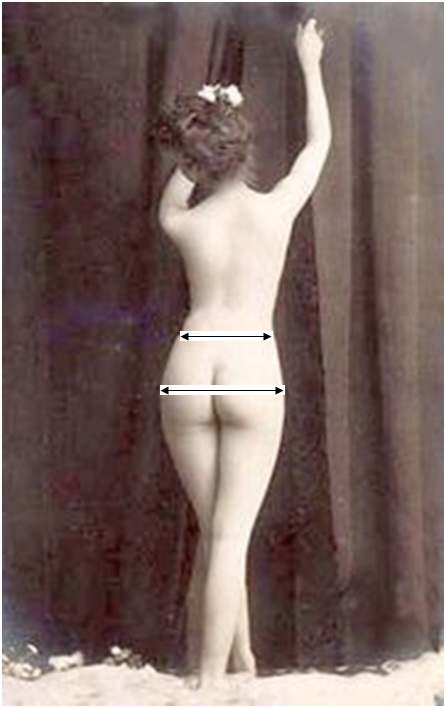Alternatives to BMI
1. Body fat percentage
This is an estimate of the fraction of the total body mass that is adipose tissue (or referred to as Fat Mass), as opposed to lean body mass (muscle, bone, organ tissue, blood, and everything else) or referred to as Fat Free Mass.
This index is often used as a means to monitor progress during a diet or as a measure of physical fitness for certain sports, such as body building.
It is more accurate as a measure of excess body weight than body mass index (BMI) since it differentiates between the weight of muscle mass and that of the fat mass while BMI lump all masses into one figure.
Measurement techniques:
- Dual energy X-ray absorptiometry
- Body water measurement
- Bioelectrical Impedance Analysis
- Anthropometric Methods
Body fat percentage table:
| Description | Women (%) | Men (%) |
| Essential Fat | 12 - 15 | 2- 5 |
| Athletes | 16 - 20 | 6 - 13 |
| Fitness | 21 - 24 | 14 - 17 |
| Acceptable | 25 - 31 | 18 - 25 |
| Obese | 32+ | 25+ |
The body fat percentage can be estimated by using the Deurenberg equation, as follows:
Body Fat % = 1.2(BMI) + 0.23(age) - 10.8(sex) - 5.4
Where BMI=Body Mass Index, Age in years, sex=1 for male and 0 for female
2. Waist to Hip ratio
 |
Is another alternative measurement.
The ratio of the circumference of the waist to that of the hips is estimated.
It measures the proportion by which fat is distributed around the torso Weight to hip ratio (WHR) is a good measure of central adiposity (intra-abdominal fat).
Measure the waist at its narrowest point width-wise, usually just above the belly button and also measure the hips around the widest part of the hip bones.
A WHR of 0.7 for women and 0.9 for men have been shown to correlate strongly with general health and fertility.
Women within the 0.7 range have optimal levels of estrogen and are less susceptible to major diseases such as diabetes, cardiovascular disorders and ovarian cancers.
Men with WHRs around 0.9, similarly, have been shown to be more healthy and fertile with less prostate cancer and testicular cancer.
|
<< Previous page: What is BMI
Next page: Why we need to watch our weight >>
Contributed by: Dr John Esin (UBTH)